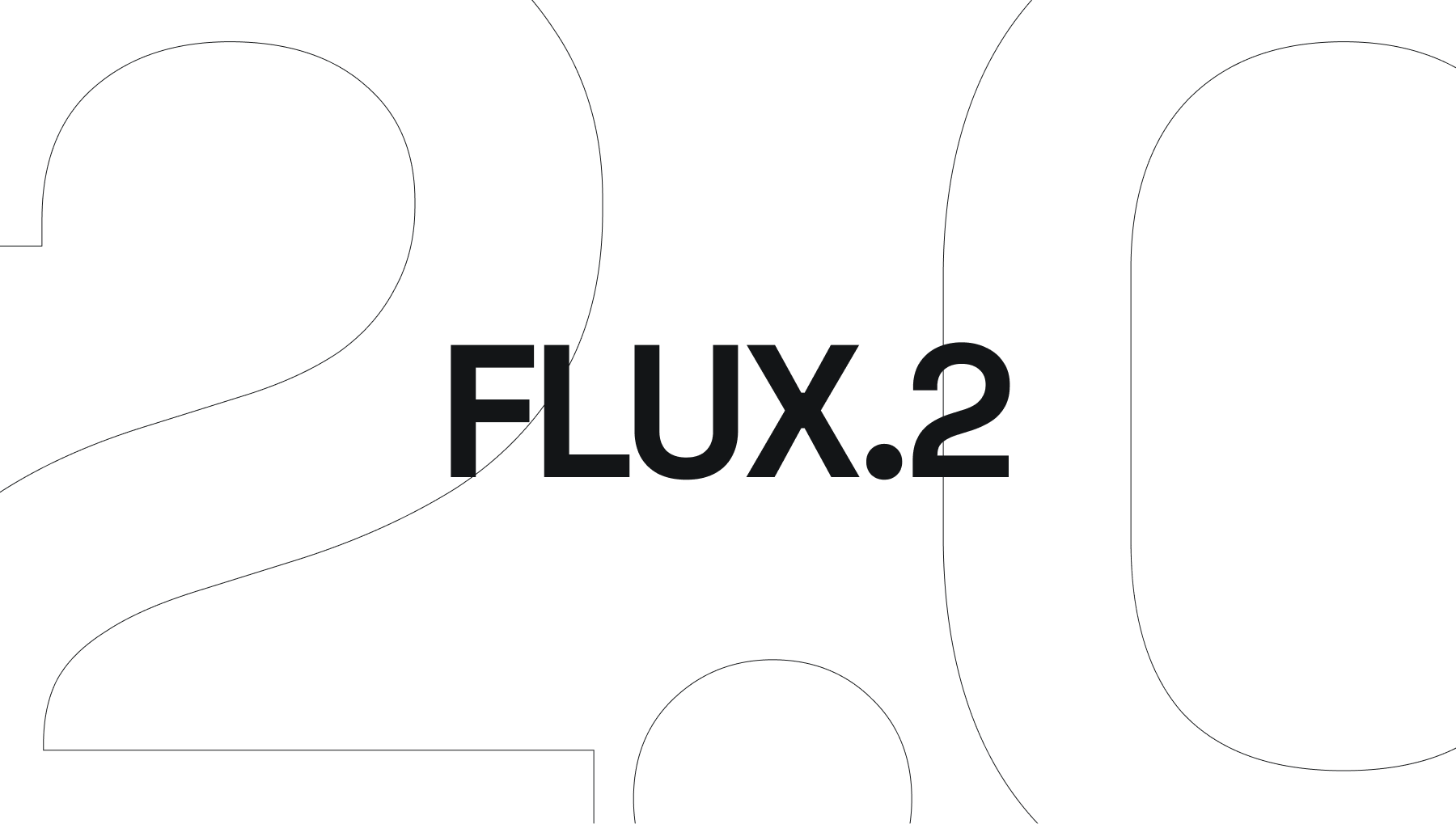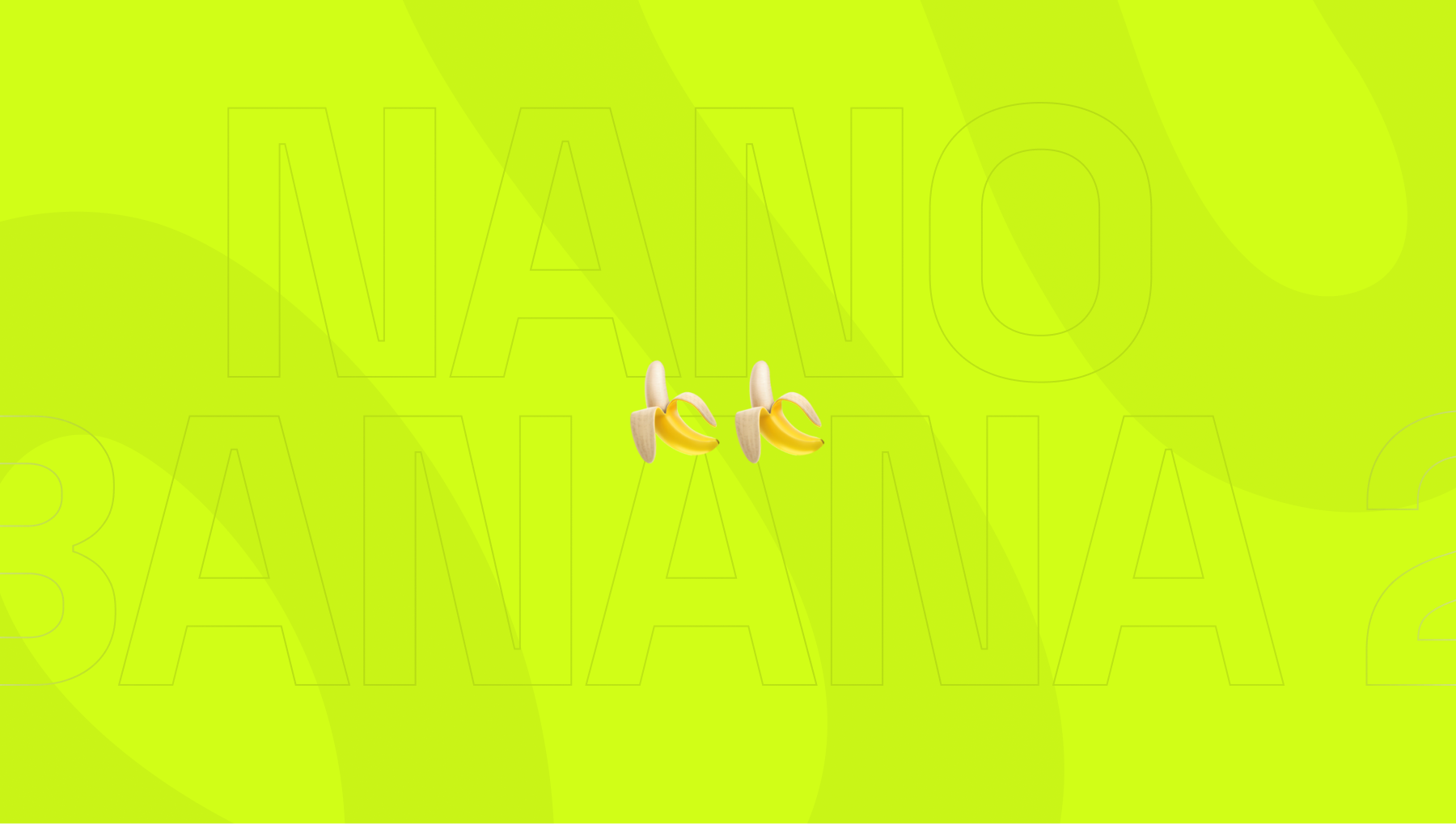Within the generative-image-model landscape, few companies have stirred as much interest as Black Forest Labs (BFL). Known for its FLUX model series and founded by former Stability AI researchers, BFL has made notable strides in prompt fidelity, editing capability, and creative control. With the upcoming release of FLUX.2, the industry is paying close attention. Based on available documentation, public commentary, and benchmark announcements, here are the most significant technical predictions for FLUX.2, and why they matter.
1. Background: Why FLUX.2 Is Important
BFL’s previous generation, known as FLUX.1 (including variants like FLUX.1 Kontext), already established a strong base: high-quality outputs, advanced editing workflows, and strong prompt adherence. docs.bfl.ml+1 According to documentation, FLUX models deliver “exceptional prompt following, visual quality, and creative control.” docs.bfl.ml
FLUX.2 is positioned as the next leap, with BFL describing it as “the next leap in the FLUX model family, delivering unprecedented image quality and creative flexibility.” flux2.io+1 The prediction is that FLUX.2 will push the boundaries of quality, consistency, and user control far beyond FLUX.1’s achievements.
2. Architecture: What Might Be Under the Hood
While BFL has not published full architectural details for FLUX.2, several clues point toward major enhancements.
Hybrid architecture & reasoning-enhanced generation Earlier models in the FLUX family utilised flow-matching or diffusion-transformer architectures, speculation suggests a more advanced backbone - perhaps leveraging a larger latent space, multi-stage refinement loops, or internal reasoning modules.
Inference efficiency and scaling Public commentary on FLUX.2 notes “state-of-the-art performance image generation model with top-of-the-line prompt following, visual quality … and output diversity.” flux2.io Coupled with its implied readiness for high output volume (e.g., editing workflows, professional campaigns), one may predict enhancements in memory efficiency, faster inference, and better caching or reuse of latent structures.
3. Resolution, Detail & Fidelity Advances
One of FLUX.2’s core promises is improved visual fidelity.
Higher native resolution & detail Where FLUX.1 already supported high-resolution modes (e.g., Ultra, Raw) in 2024, FLUX.2 is expected to advance further. For instance, public commentary mentions "higher detail & photorealistic rendering … more natural depth and realistic highlights." flux2.im The prediction: outputs at a native resolution perhaps 2K or beyond (2048×2048+), with improved tessellation of light, fabric, skin, and reflection.
Material realism and lighting behavior FLUX.2 is said to better capture “skin texture, fabric patterns, reflections, and micro-lighting cues.” flux2.im That suggests improved modelling of subsurface scattering (skin), specular/diffuse transition (metal, glass), and accurate depth cues across lighting changes.
Consistency across series or sets FLUX.2 emphasises “character consistency across multiple images … without the ‘identity drift’ seen in most text-to-image models.” flux2.im This signals that the model may incorporate identity-embedding or persona-tracking mechanisms, enabling reliable multi-shot storytelling or series creation without major visual variation.
4. Prompt-Interpretation & Scene Understanding
A major challenge in text-to-image generation remains how well the model understands complex instructions, scene arrangements, lighting direction, camera angle, and narrative tone.
FLUX.2 is predicted to deliver significant improvements:
Better semantic parsing: FLUX.2 is described as understanding scene layout, camera angle, lighting style, emotional tone more consistently. flux2.im
Reduced hallucinations: With improved structural accuracy (hands, limbs, object placement) and fewer typical error modes (“distorted hands or broken limbs”). flux2.im
Editing workflows: Not just generating from scratch but refining existing visuals—adjusting lighting, replacing elements, controlling composition. flux2.im
In practical terms, this means users can expect outputs that more reliably match complex prompts such as: “cinematic portrait at sunset with shallow depth of field, rim light, subject turning to the left,” rather than vague approximations.
5. Editing, Iteration, and Workflow Integration
FLUX.2 appears to bridge not just generation but iteration. Increasingly, users want to treat AI models as part of a design pipeline - refine, adjust, re-frame, polish.
In-context editing The predecessor FLUX.1 Kontext introduced unified generation + editing in latent space. arXiv FLUX.2 may expand that capability: variable inpainting/outpainting, multi-turn editing with consistent character/scene preservation, and faster iteration loops.
Integration and API readiness BFL’s documentation emphasises deployment options: “Try ideas, iterate on prompts or transform images with zero prompts” via their playground. bfl.ai For FLUX.2, predictions include easier plug-in into design tools, asset pipelines, game engines, and enterprise workflows.
6. Use-Case Focus: Who Benefits and How
The technical improvements are significant, but the real question is which users and industries will benefit most.
Commercial design & branding High fidelity, consistent characters, and rich material realism make the model well suited for product visuals, concept design, lifestyle campaigns, and brand assets. The ability to maintain identity and lighting across multiple images is particularly valuable for series campaigns.
Storyboarding & content creation With improved prompt understanding and consistency, FLUX.2 could enable creators to generate narrative sequences, visual storyboards, and character-centric content with fewer manual adjustments.
Design iteration & prototyping The editing-friendly features and iteration support can reduce time in prototype design, rapid asset generation, and A/B testing variations quickly.
Educational and technical illustration Better text rendering, scene layout accuracy, and object consistency open possibility for generating technical diagrams, educational visuals, and interactive design mocks.
7. Predicted Limitations & Areas to Watch
Even as FLUX.2 promises many advances, cautious observers note some areas that will likely remain challenging.
Ethics and safeguards As fidelity improves - especially for human likeness and identity consistency - the risk of misuse (deepfakes, unauthorized likeness use) grows. Observers will watch how BFL handles restrictions, watermarking, licensing, and attribution.
Data-bias and style drift Models trained on large image sets often reflect biases in lighting, ethnicity, or culture. Achieving true “universal” realism remains difficult. Also, while identity consistency is improved, maintaining it across radically different scenes or wardrobes may still present drift.
Compute and adoptability Higher resolution and fidelity often mean higher computation cost. For many users, speed and cost trade-offs will matter. Variants like “[schnell]” suggest BFL has considered this, but real-world performance remains to be validated.
Prompt engineering complexity Even advanced models may still require careful prompt phrasing for best results. While semantics improve, achieving professional-grade output may still involve a learning curve.
8. Release & Availability Outlook
Public announcements indicate that FLUX.2 is nearing release. According to coverage, BFL has “completed both alpha and beta phases” for FLUX.2 Pro and is now in internal preview. TestingCatalog Earlier public statements described FLUX.2 as available for preview with higher detail and consistent characters. flux2.im+1
Given this timing, it is reasonable to predict a commercial launch of FLUX.2 Pro in late 2025 or early 2026, followed by developer-accessible “dev” and faster “schnell” variants later. The approach mirrors BFL’s earlier model release strategy.
9. Why It Matters: The Industry Implication
FLUX.2 is not simply “another image model.” It stands at the intersection of several industry trends:
Shift from style-centric to logic-centric generation: As visual AI adoption grows, users demand not just aesthetic novelty but structural reliability, identity consistency, and scene coherence.
Pipeline-ready workflows: Models now must integrate not just into experimentation but into production. Editing, iteration, and series-generation become key.
Enterprise access and variant diversity: Splitting models into performance, developer, and fast modes addresses a broader range of users - from hobbyists to agencies to enterprises.
Competitive positioning: With large firms and open-source projects advancing, BFL’s enhancements may push competitors to ramp up focus on quality, reasoning, and fidelity rather than just speed or stylization.
Conclusion
FLUX.2 has the potential to be a watershed moment in generative image AI - provided it delivers on its technical vision. The model promises higher fidelity, deeper prompt understanding, improved consistency across series, editing-friendly workflows, and broader professional applicability. While it’s not yet publicly confirmed in full detail, the available signals suggest that BFL is aiming for more than incremental improvement.
For creators, designers, and enterprises exploring AI-generated visual assets, FLUX.2 may mark the point at which these tools transition from novelty to reliable production technology. If BFL successfully balances quality, speed, and usability, the model could redefine what is feasible in visual AI workflows.
As with all predictions, actual performance will depend on release features, licensing, compute requirements, and real-world usability. But for now, FLUX.2 stands as one of the most compelling upcoming models to watch for those following the evolution of image generation.
Start Your Journey Now
Prepare for the next era of engineering-grade visual synthesis. Explore the best AI image generation models on Higgsfield.






